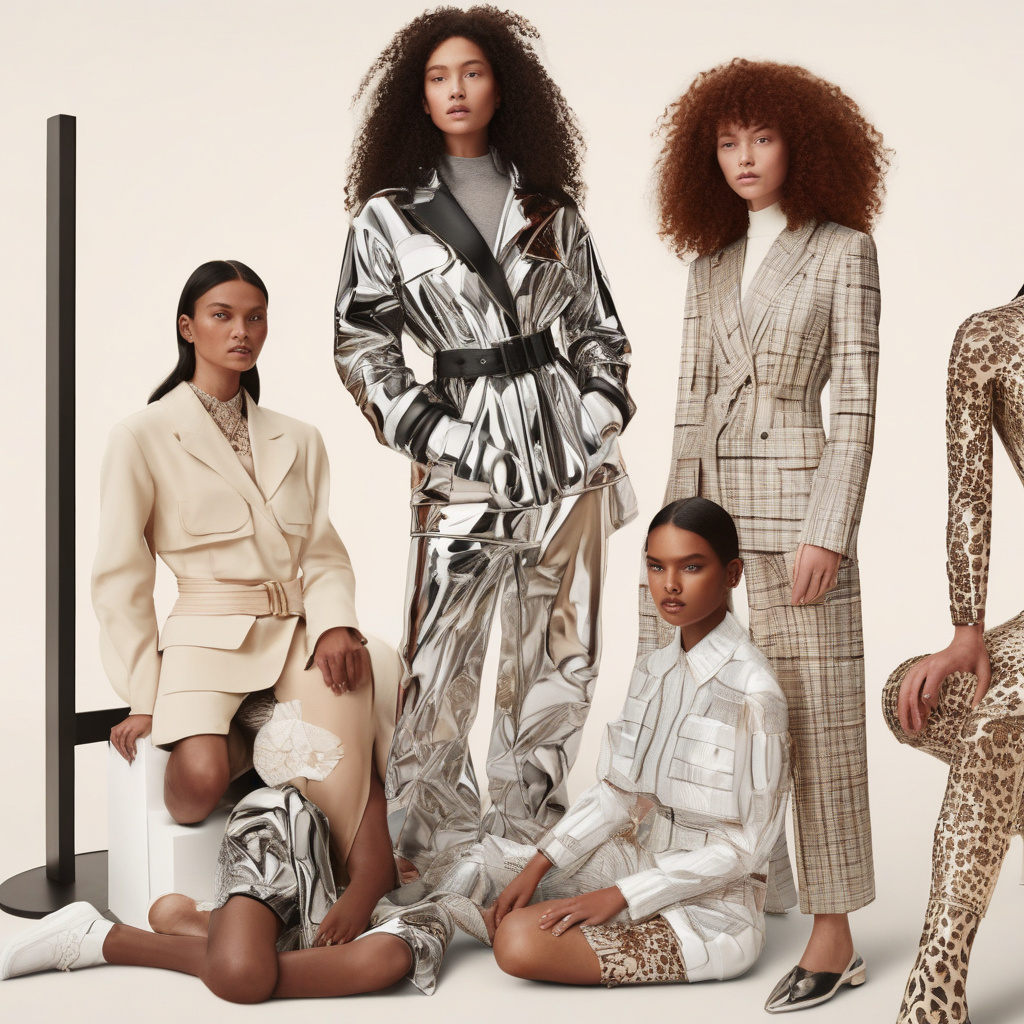The Debrief | H&M’s AI Models and the Future of Fashion Marketing
In a bold move that has sparked both fascination and controversy in the fashion industry, H&M recently unveiled its latest marketing campaign featuring AI-generated models. Technology correspondent Marc Bain and marketing correspondent Haley Crawford have been closely following the reaction to this innovative approach, shedding light on the implications it carries for the future of fashion marketing.
The introduction of AI models by H&M represents a significant shift in how brands engage with their audience. By leveraging artificial intelligence to create virtual models that showcase their clothing lines, H&M is tapping into a new realm of possibilities that blur the lines between the physical and digital worlds. This move has generated a mixed response from consumers, with some praising the creativity and forward-thinking nature of the campaign, while others express concerns about the impact on traditional modeling careers.
One of the key advantages of using AI models in fashion marketing is the ability to tailor campaigns to specific audiences with unprecedented precision. These virtual models can be customized to reflect diverse body types, ethnicities, and styles, allowing brands to connect with a wider range of consumers on a more personal level. Additionally, AI models are not bound by the limitations of human models, enabling brands to experiment with avant-garde designs and unconventional presentation styles that might not be feasible in a traditional photoshoot.
Moreover, the use of AI models presents a unique opportunity for brands to enhance the overall shopping experience for customers. By integrating virtual models into their online platforms, companies like H&M can offer interactive features that allow users to visualize how different garments would look on them before making a purchase. This level of personalization not only streamlines the shopping process but also fosters a deeper sense of engagement and connection with the brand.
Despite these promising benefits, the rise of AI models in fashion marketing also raises pertinent questions about the future of the industry. As technology continues to advance at a rapid pace, there is a growing concern about the potential displacement of human models and the broader implications for the labor market. Critics argue that the widespread adoption of AI models could lead to job losses in the modeling industry and contribute to the perpetuation of unrealistic beauty standards.
Looking ahead, it is clear that the integration of AI models into fashion marketing is a trend that is here to stay. As brands like H&M pave the way for innovative approaches to engaging with consumers, the industry as a whole will need to adapt to the changing landscape and embrace the opportunities that technology affords. By striking a balance between creativity, ethics, and inclusivity, fashion brands can leverage AI models to not only drive sales and brand awareness but also foster a more sustainable and forward-thinking approach to marketing.
In conclusion, the introduction of AI models by H&M signals a new chapter in the evolution of fashion marketing. While the use of virtual models presents exciting possibilities for brands to connect with consumers in novel ways, it also necessitates a thoughtful consideration of the ethical and social implications involved. By navigating these challenges with care and foresight, fashion brands can harness the power of AI models to shape a more dynamic and responsive industry that resonates with the ever-changing preferences of modern consumers.
AI, Fashion, Marketing, Innovation, Future












